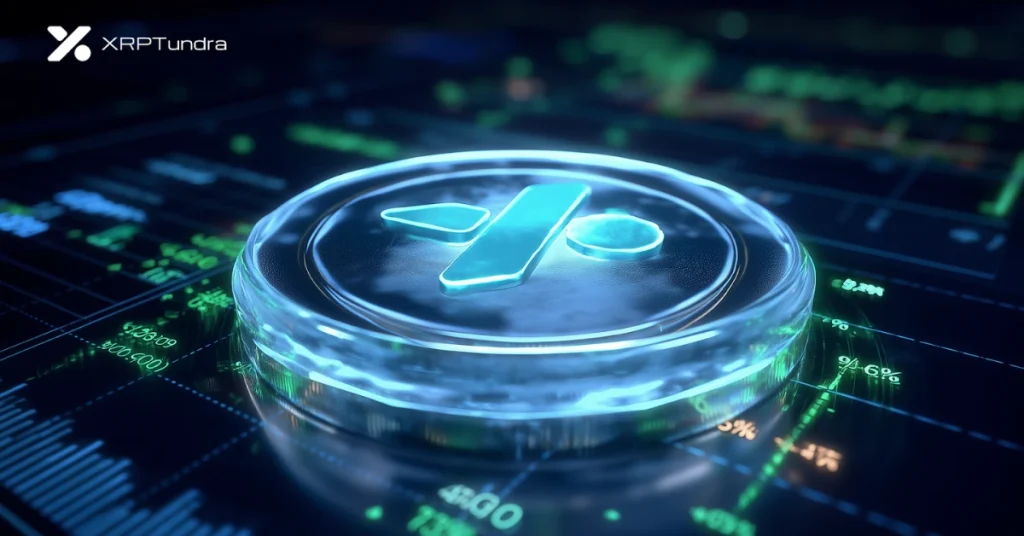Trump-Linked World Liberty Financial's Stablecoin Needs Better Attestation Reports, NYDIG Says
The team behind USD1, the fast-growing stablecoin launched by Trump family-linked DeFi project World Liberty Financial, has fallen behind on updating its monthly attestation reports, a critical transparency measure for investors and regulators, according to NYDIG.
As of early October, the most recent report available is from July. That delay puts USD1 out of step with rivals like Circle’s USDC, which published reserve data through August, and Tether, which reports quarterly, Greg Cipolaro, Global Head of Research at NYDIG, said in a report.
“For a project of USD1’s stature, up-to-date attestations are non-negotiable,” Cipolaro wrote.
CoinDesk has reached out to BitGo and World Liberty Financial for comment but hasn’t heard back by the time of writing.
The BitGo connection
While BitGo Trust oversees custody of the stablecoin’s reserves, the issuer, BitGo Technologies, hasn’t explained the gap in reporting. The lapse is notable given USD1’s rising profile and $2.7 billion in supply, he noted.
At the same time, USD1’s token distribution suggests most of its traction is offshore. NYDIG claims that its analysis of top wallets shows that roughly 78% of the supply sits in addresses linked to overseas exchanges.
Looking ahead, USD1’s structure may conflict with the incoming GENIUS Act. The law, expected to take effect by early 2027, limits stablecoin issuance to subsidiaries of regulated banks or state-qualified entities.
NYDIG also said that BitGo Technologies doesn’t currently appear fit either in the regulated banks or state-qualified entities category, meaning structural changes may be required, Cipolaro wrote.
You May Also Like

OpenAI signs multibillion-dollar deal with AMD for 10% ownership stake

Cardano Price Forecast: ADA Could Reach $1.09, But This Token is Set to Gain 25X and Flip $250 into $62,500
